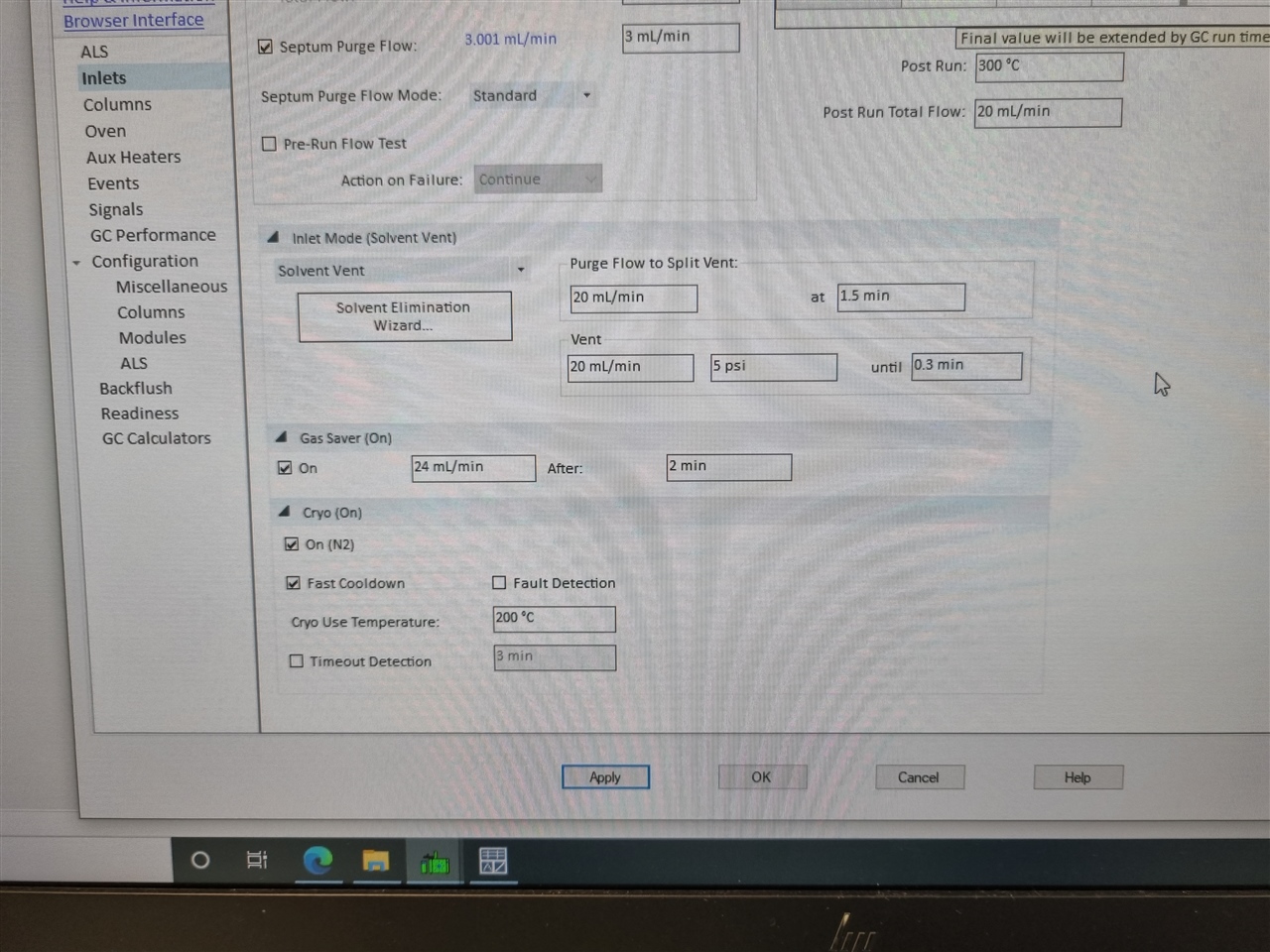Hi,
I noticed something strange with the cooling of my Inlet, when my oven starts cooling my Inlet heats up.
The cooling of my Inlet is working fine when I test it separately, but when my gc oven starts to cool the Inlet is not able cool further down or stay at a set temperature.
Is normal for agilent systems? I don't have a lot of experience with agilent gc/ms systems, but I have never seen this on any kind of other gc/ms.
Its a gc 8890 with mmi, and compressed air as coolend.

